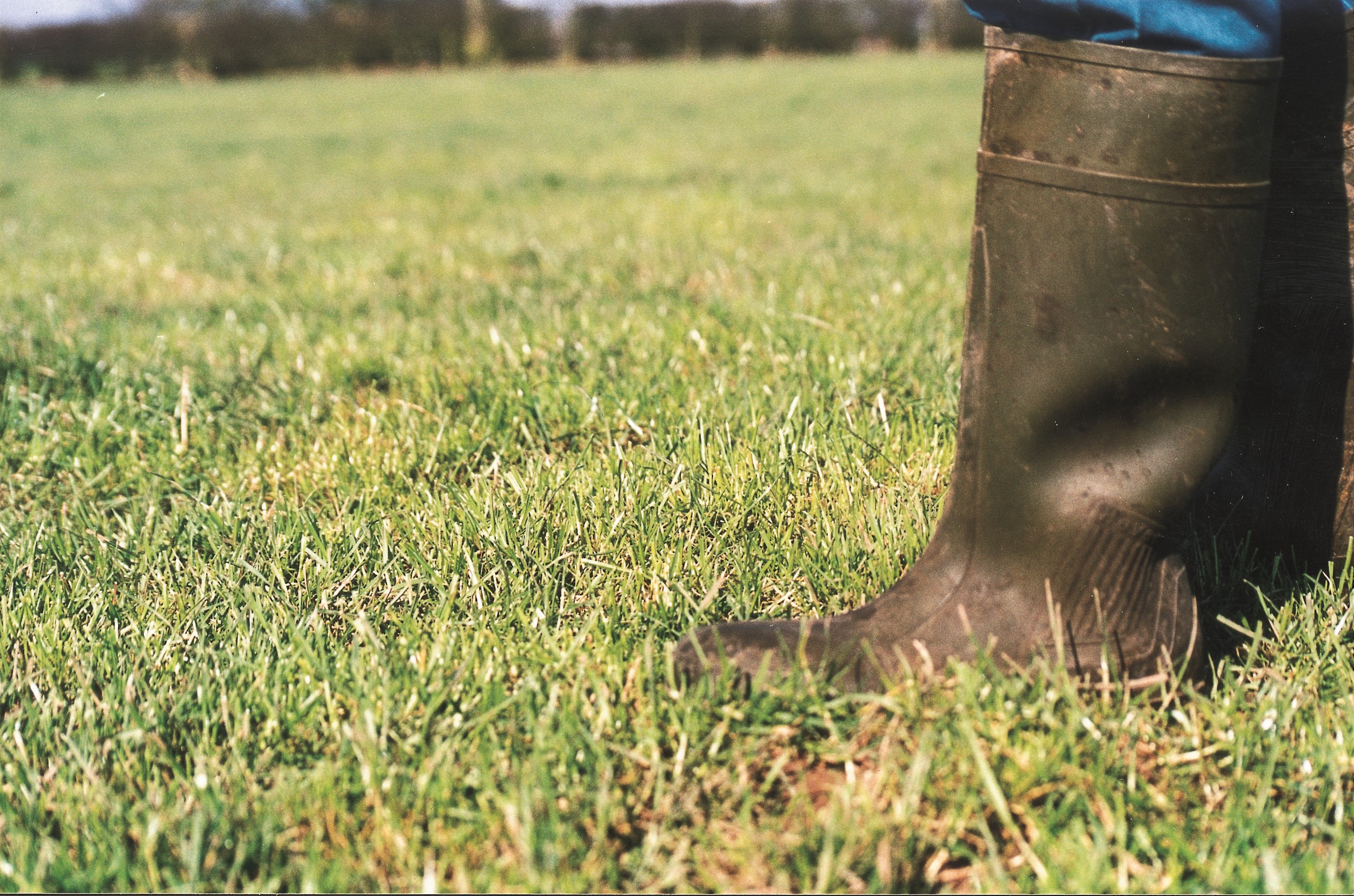- Home
- Knowledge library
- Planning spring rotational grazing for cattle
Planning spring rotational grazing for cattle
Welcome to the rotational grazing system series for suckler producers. This section's focus is grazing in spring and how to plan a rotation.
Grazed grass is the highest-quality feed on farm in spring, better than silage and equivalent to concentrates.
Early spring grazing stimulates the grass to start growing earlier, it is expected that a further 1–1.5 tonnes of dry matter is produced when compared with later turnout. More importantly, it creates a wedge of grass in front of the cows at different heights. This means it is easier to control and silage fields can be taken out of the grazing platform as grass growth increases.
The first spring rotation should be around 40–50 days, starting from mid-February and continuing until mid-April. The target is to graze around 30–40% of the grazing paddocks first to allow regrowth to accumulate for the start of the second rotation; this could include silage ground. This varies from farm to farm, but the overriding aspect of grazing management is to make good use of spring grass. Silage supply should not be used as a target for turnout.
Research has shown that achieving an extra day at grass for a 100-suckler-cow herd is worth, on average, £125 per day.
Spring grazing heights of 3.5–4 cm (1500 kg DM) should be targeted during the first grazing rotation.

Turnout of animals should take place during periods of dry weather, with good underfoot conditions – this will give animals an opportunity to settle and start grazing properly. Animals may need to be removed during periods of heavy rainfall or if soil conditions deteriorate.
All animals in the herd do not need to be turned out at the same time. Prioritise those which will most likely benefit from high-quality spring grass, e.g. growing cattle and freshly calved suckler cows.
Cattle turned out early to grass have 6% (+23 kg) higher carcase weight than animals turned out later in spring. This could equate to close to €60 to €70/head, according to Irish research.
Make sure you start the first rotation on time. If not, it will finish later than mid-April, leading to too much grass being on farm.
Too much grass + poor utilisation = more work to get the grass back under control
Start the first rotation on time. It sends up a wedge of grass to make the second rotation easier and quality is maintained later in the season.
Spring planner
Example
Area available for grazing (ha) : 100
Date of turnout : 18 February 2019
Spring planner adapted from Teagasc
|
Area available for grazing |
40% |
100% |
40% |
100% |
|
Date |
Date 40% of farm is grazed |
Date first rotation ends |
11 March |
8 April |
|
Number of days |
Days from grazing starts to 40% date (a) |
From 40% date to start of second rotation (b) |
21 |
28 |
|
Hectares to be grazed |
(0.4 x total area) (c) |
(0.6 x total area) (d) |
40 |
60 |
|
Hectares per week |
(c / a) x 7 |
(d / b) x 7 |
13.3 |
15 |
Spring planner showing weekly targets
|
Week ending |
Grazing area |
Actual area grazed week end |
|
|
Per week |
Grazed (total) |
||
|
End of week 1 |
13.3 |
13.3 |
|
|
End of week 2 |
13.3 |
26.6 |
|
|
End of week 3 |
13.3 |
39.9 |
|
|
End of week 4 |
15 |
54.9 |
|
|
End of week 5 |
15 |
69.9 |
|
|
End of week 6 |
15 |
84.9 |
|
|
End of week 7 |
15 |
99.99* |
|
* Doesn't equal 100 due to rounding errors
Topics:
Sectors:
Tags:




